
Above: The center scene is the hero Väinämöinen fighting off an attack from the Mistress of the North that results in the sampo being broken and falling into the sea.
To the right you can make out a bit of the forging of the sampo, a mill that provided all the things that made life good: salt, wheat, and gold. When it broke and fell into the sea, it continued to produce salt, which is why the ocean is salty. Parts of it washed up on the southern end of Finland, which is why it's supposed to be the best and most prosperous area.
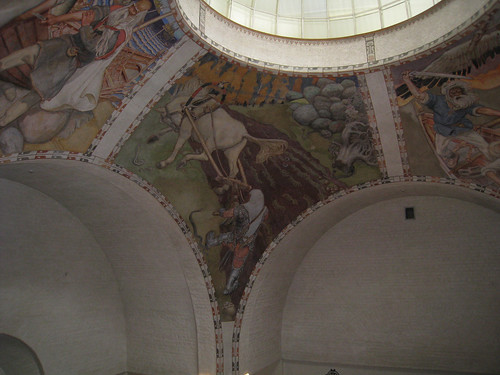
Above: Center image is Ilmarinen doing one of many feats to win the Maid of the North: plowing a field of snakes.
To the left is the creation of the kantele, an Finnish instrument. In the stories (and in the painting), Väinämöinen's men caught a massive pike and used the jawbone to make the kantele.
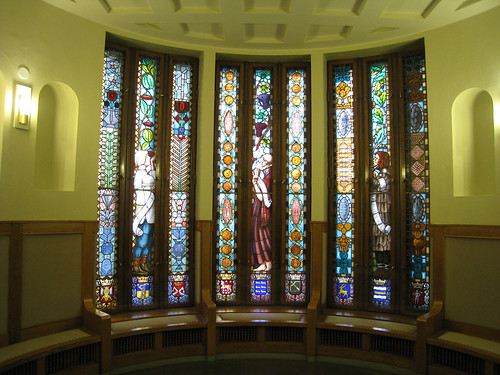
The entire building is beautiful, from the turret and bear statue outside to the stained-glass windows.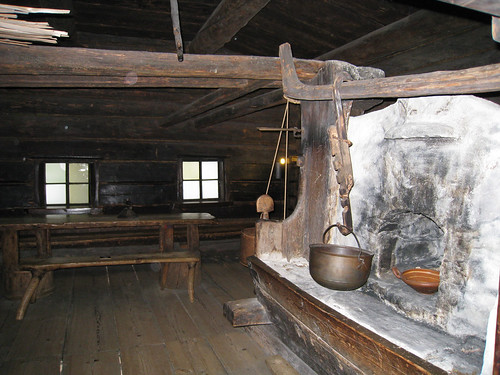
A reconstructed cabin with how people lived long ago in the area.
A model of traditional Finnish clothing/costumes. No idea why I have that weird look on my face.
Probably one of the most famous Finnish paintings, this represents the maid of Finland and the two-headed eagle of Russia trying to rip the law from her hands. To say that Russia and Finland have a rocky history would be an understatement.
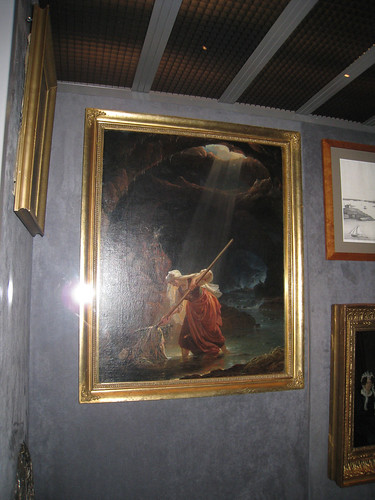 Another painting from The Kalevala, only one we'd never seen before. It's where Ilmarinen has been killed and his body torn apart, and his mother goes to the river of the underworld to rake up the pieces. A bee comes that brings him back to life. It's an eerie picture (although you can't really see all his body parts floating around in the photo). So well done.
Another painting from The Kalevala, only one we'd never seen before. It's where Ilmarinen has been killed and his body torn apart, and his mother goes to the river of the underworld to rake up the pieces. A bee comes that brings him back to life. It's an eerie picture (although you can't really see all his body parts floating around in the photo). So well done.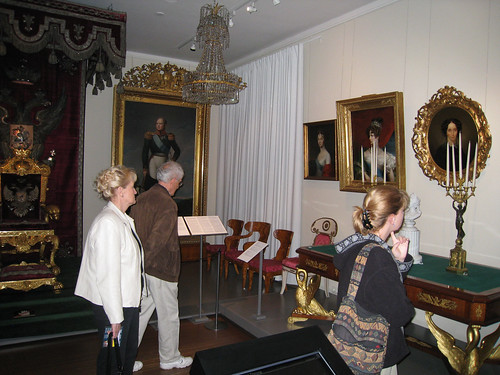
Rooms and rooms were filled with fancy artifacts from the past, many from the era where Finland was a grand duchy of Russia. Note the tsar's throne to the left.
 Very old and beautiful wooden chests below and cabinets above. With the dark, long winters here, it's no wonder, really, that the people use bright colors to liven things up. They were intricate and amazing to look at.
Very old and beautiful wooden chests below and cabinets above. With the dark, long winters here, it's no wonder, really, that the people use bright colors to liven things up. They were intricate and amazing to look at.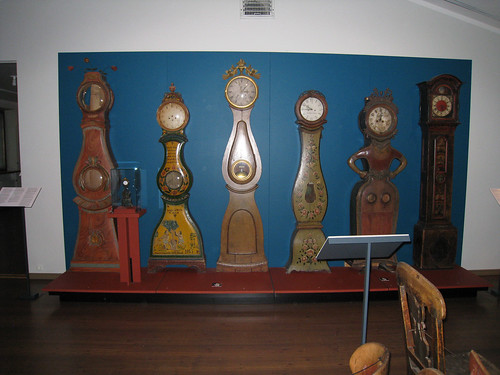 Some fun grandfather clocks (and one grandmother clock—note the arms and shape of the one second to last), again with bright colors.
Some fun grandfather clocks (and one grandmother clock—note the arms and shape of the one second to last), again with bright colors.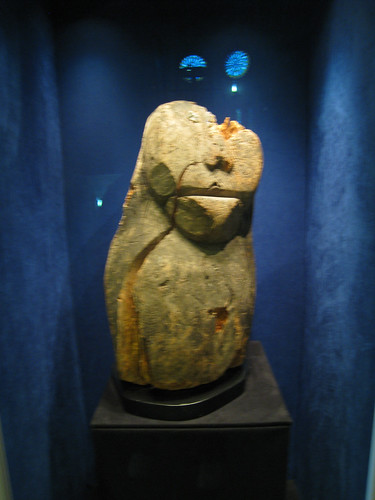
A rather obscure bit we found: an idol fishermen used in hopes of a good catch after their church burned down. Apparently when it didn't work, a monk threw it into the ocean. But when it washed up elsewhere, the people there caught lots of fish and kept it as good luck.
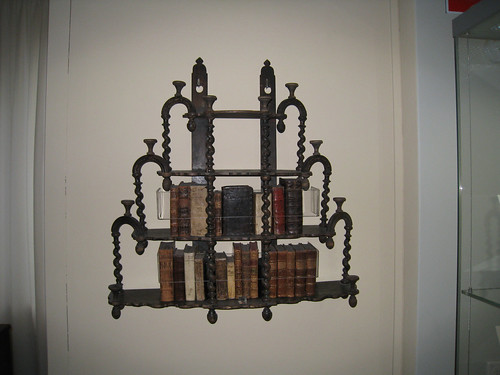
Now that's a fun book shelf!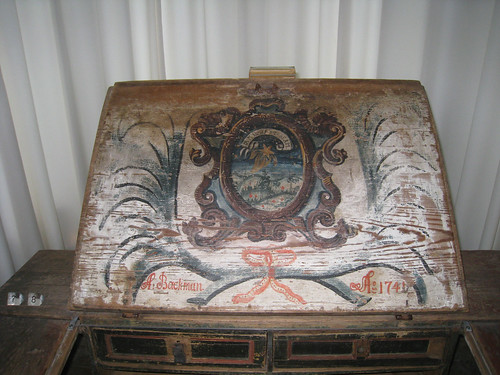



No comments:
Post a Comment